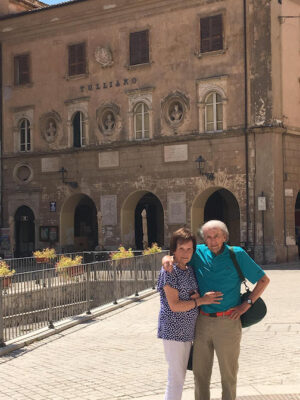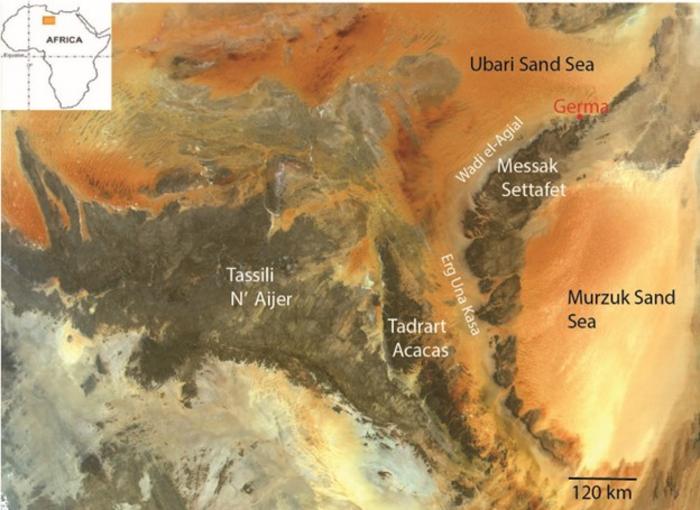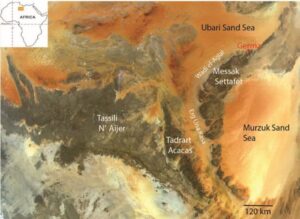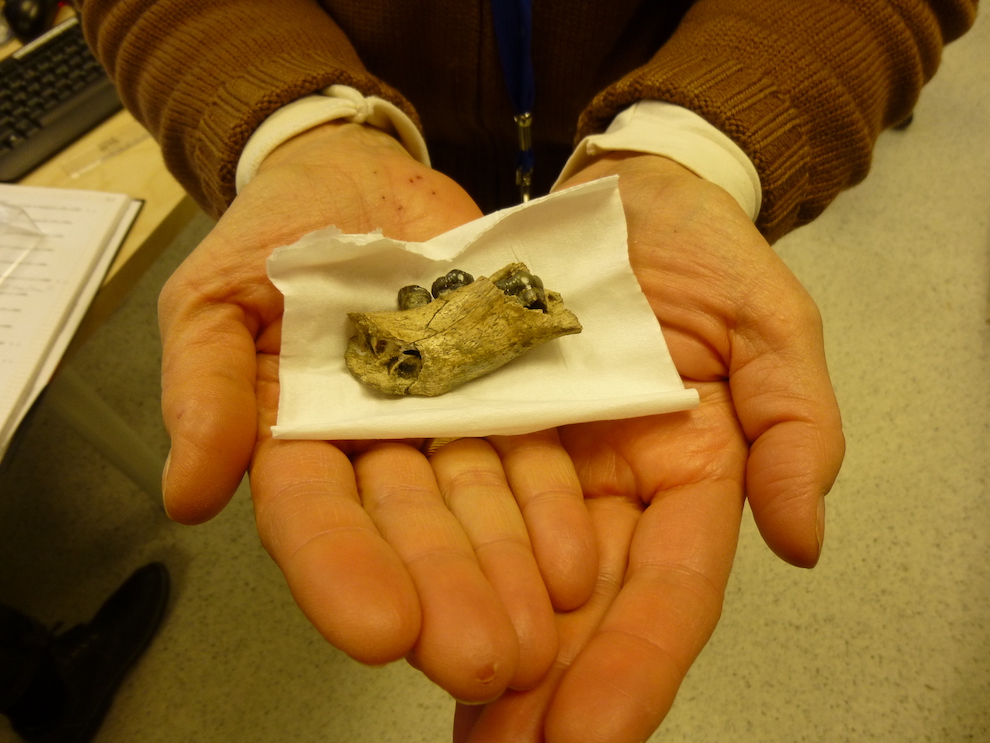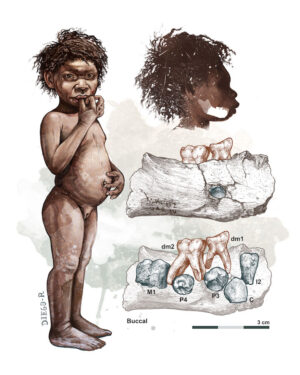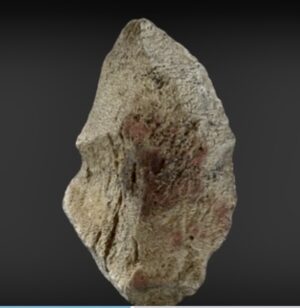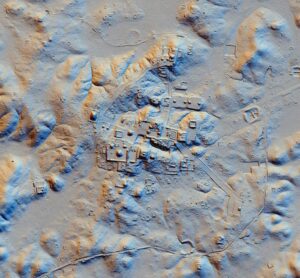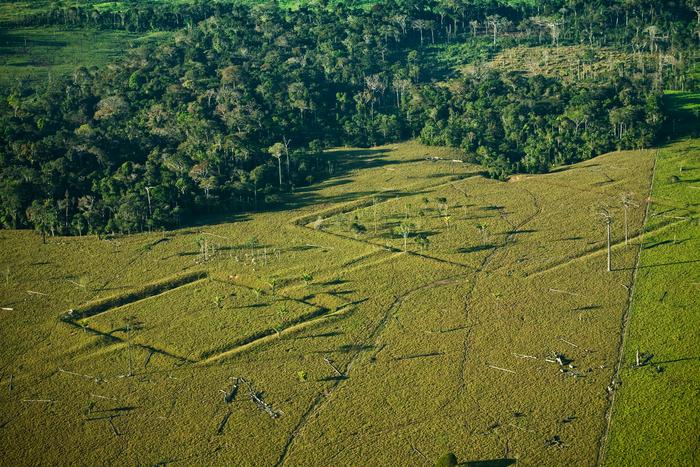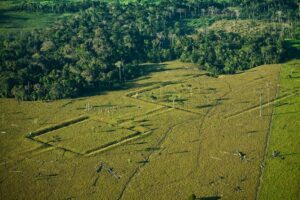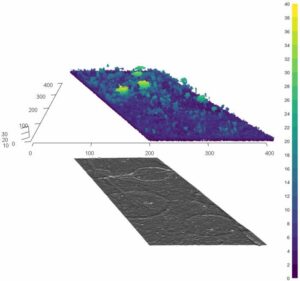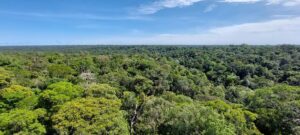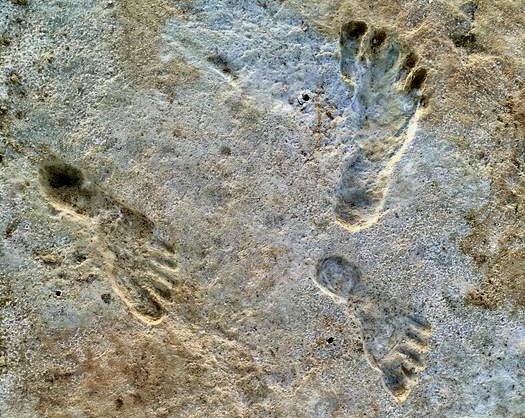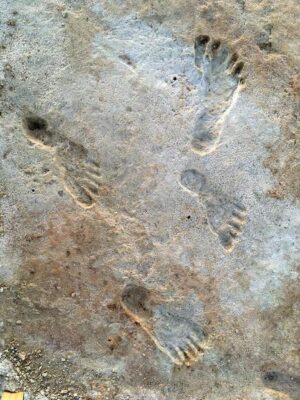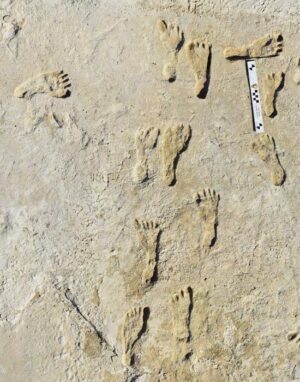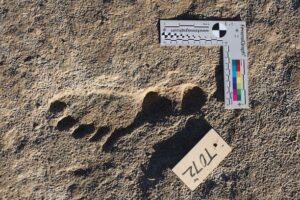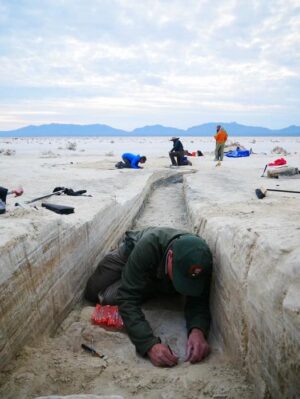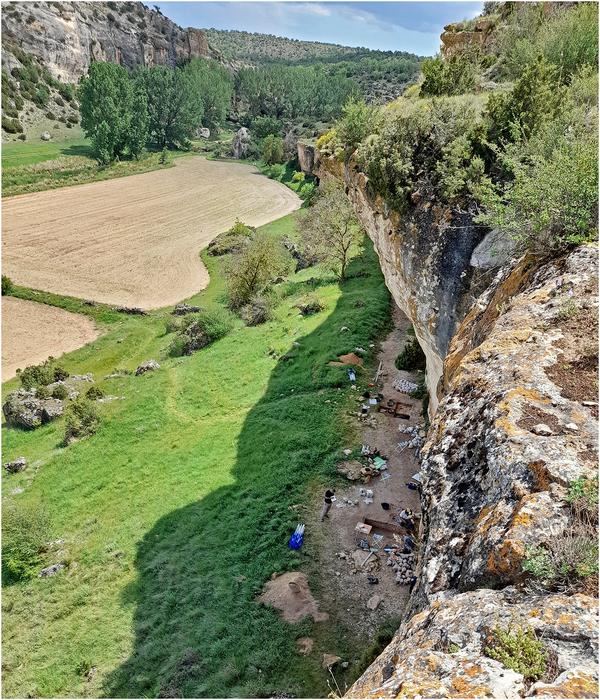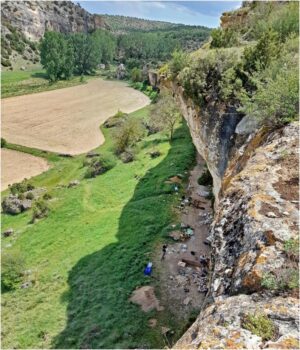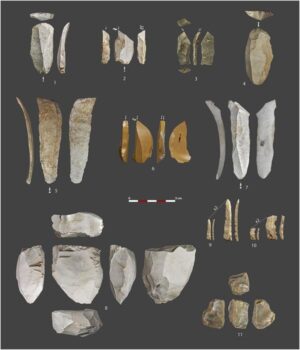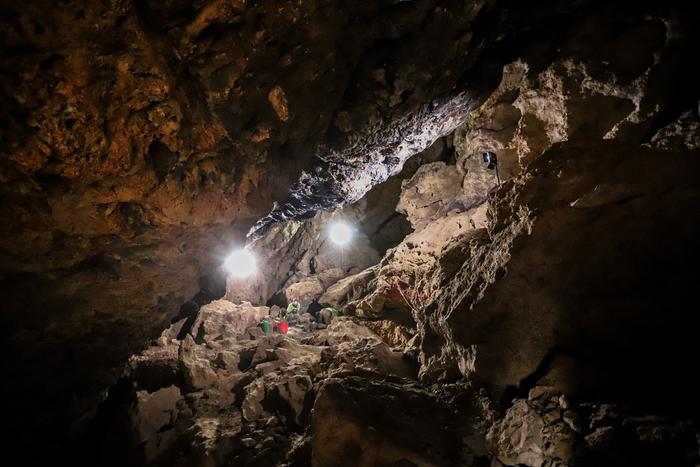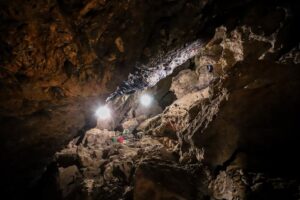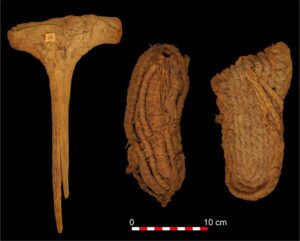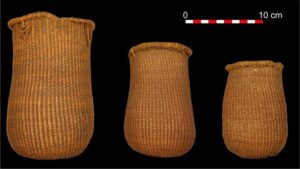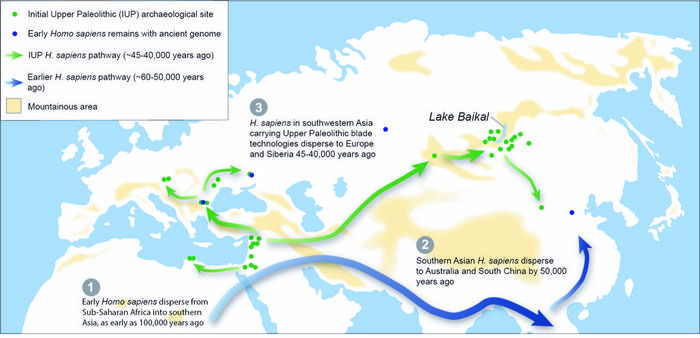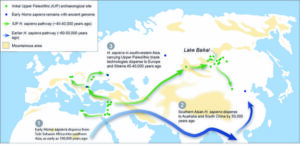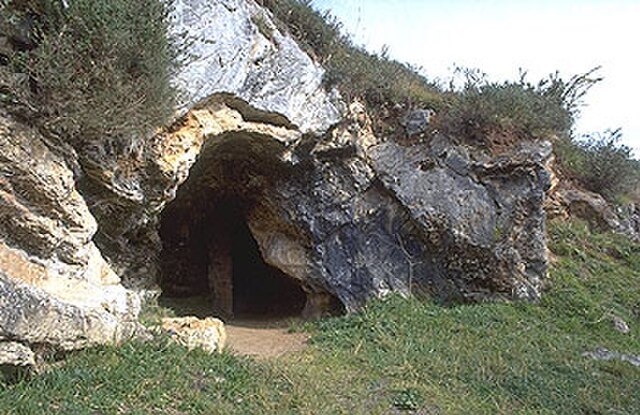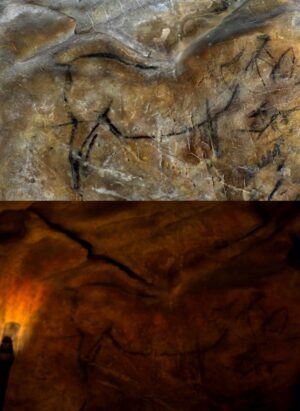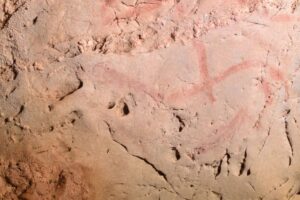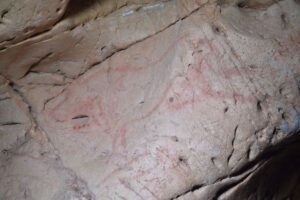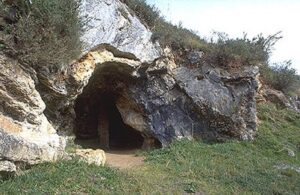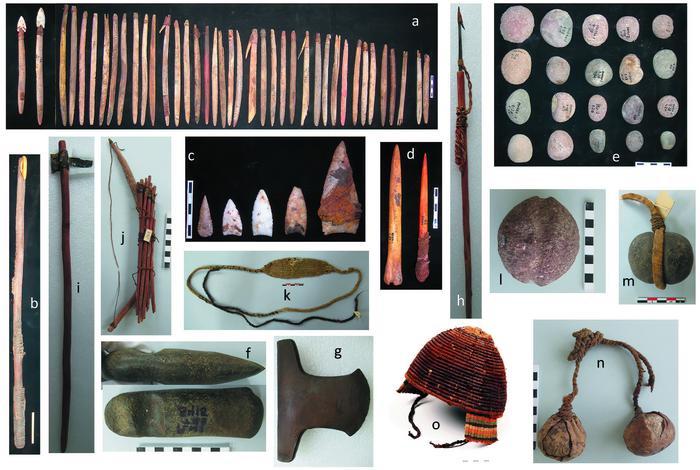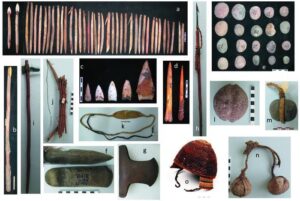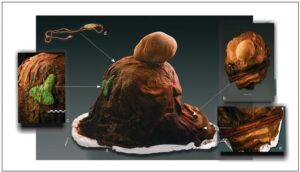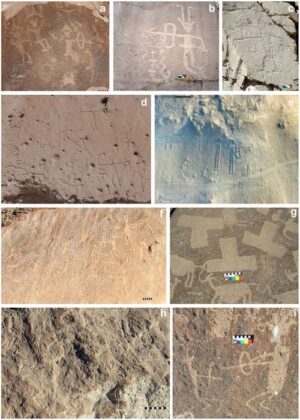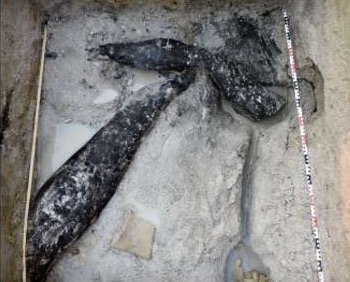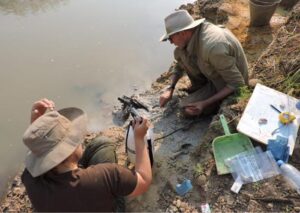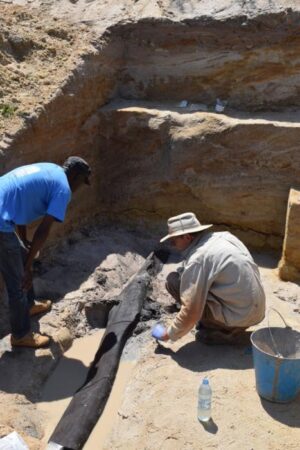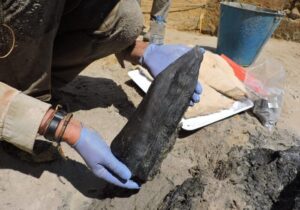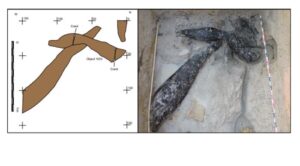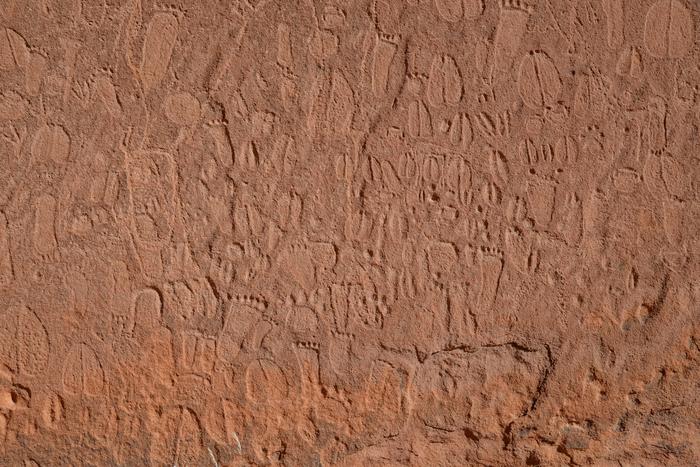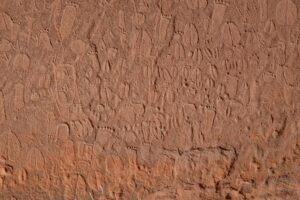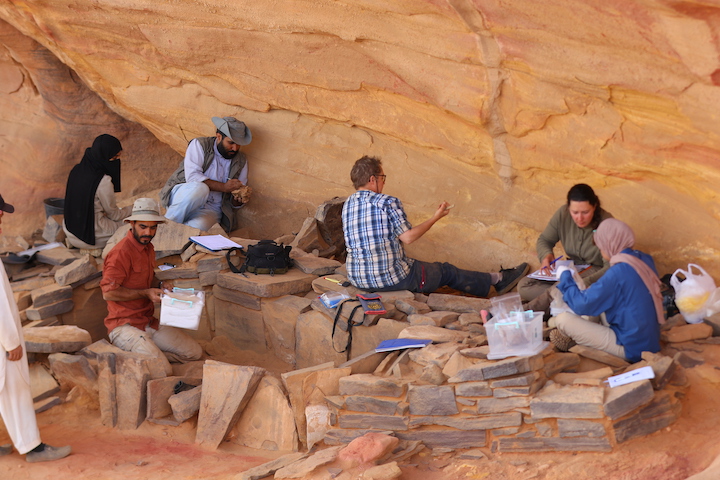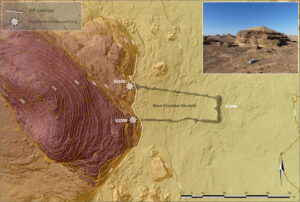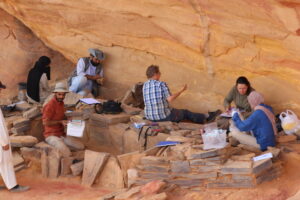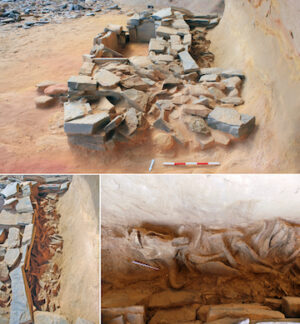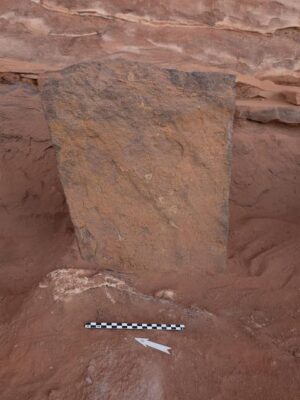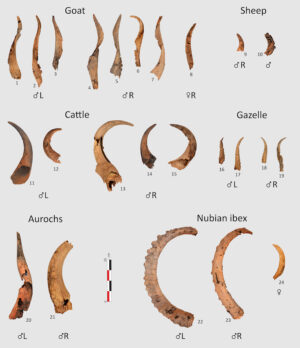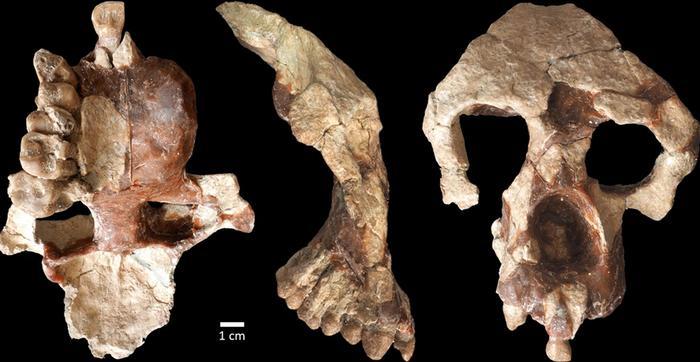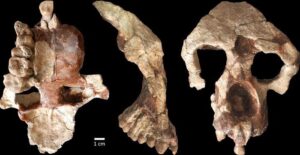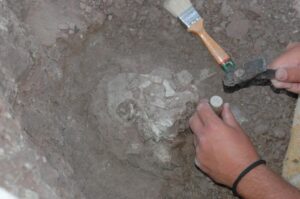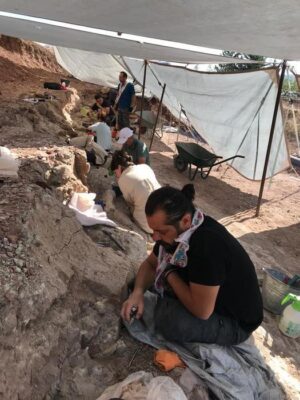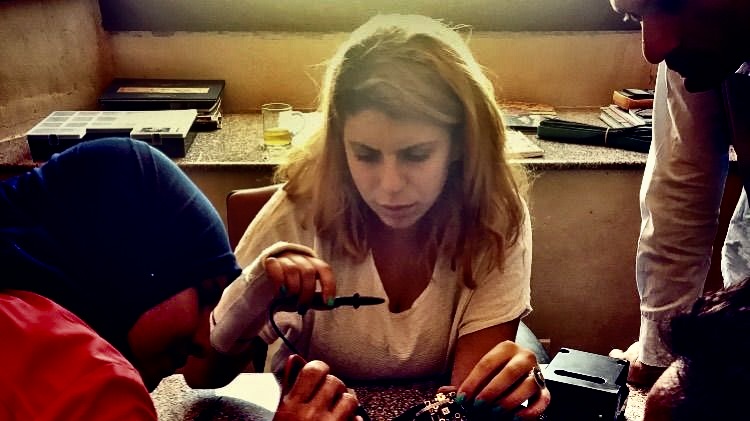
You may recognize her from several documentaries such as Lost Treasures of Egypt, Unearthed and others. Egyptologist Aliaa Ismail of Factum Arte is a proud recipient of the National Geographic Wayfinder Award. She was previously awarded the Future 50 Leaders Award in 2022 by the Project Management Institute for using new technology to preserve ancient historical treasures. This award holds the promise of a continuing cooperation with her projects in the future as she is now an honorary NatGeo society member.
Like Sarah Parcak’s revolutionary use of LIDAR satellite scans to locate thousands of settlements and 17 previously unknown pyramid sites throughout Egypt, Aliaa is part of an exciting, new wave of guardians with a clear vision, embracing the latest technology to transform the field of archaeology for the better. These guardians of ancient Egypt devote their entire lives to researching, discovering, preserving, and educating the masses on the importance of one of humanity’s most impactful cultures.
 In a world embattled by climate change, fragile ancient sites in Egypt can be destroyed in an instant and lost forever. Aliaa’s ongoing projects of creating 3D replicas of these important ancient sites makes them accessible to all, amplifying their importance on a global scale. To create the replica of King Tutankhamun’s tomb and Seti I, Aliaa (pictured left) and her Egyptian team of conservators utilized a variety of high-tech tools to collect the massive data necessary to forge an exact replica. For example: portable chemical imaging technology and X-ray fluorescence in chemical imaging technology were implemented to help uncover changes made in Egyptian tomb paintings by the original artists thousands of years ago that may never be noticed through plain eyesight. Additionally, hyperspectral imaging analyzed the painting on multiple wavelengths, such as ultraviolet or infrared, revealing more secrets than are visible to the human eye.
In a world embattled by climate change, fragile ancient sites in Egypt can be destroyed in an instant and lost forever. Aliaa’s ongoing projects of creating 3D replicas of these important ancient sites makes them accessible to all, amplifying their importance on a global scale. To create the replica of King Tutankhamun’s tomb and Seti I, Aliaa (pictured left) and her Egyptian team of conservators utilized a variety of high-tech tools to collect the massive data necessary to forge an exact replica. For example: portable chemical imaging technology and X-ray fluorescence in chemical imaging technology were implemented to help uncover changes made in Egyptian tomb paintings by the original artists thousands of years ago that may never be noticed through plain eyesight. Additionally, hyperspectral imaging analyzed the painting on multiple wavelengths, such as ultraviolet or infrared, revealing more secrets than are visible to the human eye.
Before Factum Arte’s Theban Necropolis Preservation Initiative (TNPI) was given permission to scan these tombs, the process of analyzing one tomb could take an average of 10 to 15 years. Now, the new digital tools and technological advances help shave years off the process.
_____________________________
An Interview with Aliaa
EV (Eric Vasallo): What current projects are you working on and have you received the permit to begin documenting Nefertari’s tomb yet?
Aliaa: We have been waiting for years for permits in order to begin scanning and documenting Nefertari’s tomb as well as Ay’s (Tut’s successor) tomb. It is currently in pending status. I am hopeful to get good news next year and that this award will aid in this process of granting permission to continue our conservational work.
EV: Nicholas Reeves formulated his theories for discoveries of potential doorways behind the painted plaster walls of Tutankhamen’s main burial chamber using Factum Arte’s scans of Tut’s tomb. What other discoveries have been made during your projects while photographing and documenting the minute details of tombs?
Aliaa – Belzoni made wax and plaster casts of Seti tomb in the 1800’s to make a facsimile to show in an expo in London. Those marks are still visible in their scans – those casts with the original traces of ancient paints. His replica has been lost to time and is most likely hidden in a London basement somewhere.
My team and I are still processing the monumental amount of high-resolution data collected from Seti tomb and hope to create a partial replica to be permanently housed inside the new Grand Egyptian Museum (GEM).
_____________________________

The team at work.
_____________________________
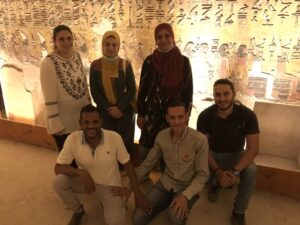
The team together.
_____________________________
EV: Does the Theban Necropolis Preservation Initiative (TNPI) anticipate any benefits toward your pursuits in utilizing Artificial Intelligence (AI) possibly to collect and interpret data faster than via human intervention? Where do you envision that technology being implemented in your field?
For Factum Arte’s VR tut experience their high-res data had to be downgraded to create the VR experience as these technologies work with low-res files. So AI promises to connect their high-res data to incorporate into a more detailed and immersive VR experience.
EV: What was the inciting event if any that led you to where you are today? What sparked your interest to become an Egyptologist?
Aliaa- I was born in Cairo, Egypt but my family soon moved to South Africa for work, and I essentially grew up in Lesotho not knowing anything about ancient Egypt. I was disconnected from the rich cultural past of my country. I enrolled in the American University at Cairo and originally planned to go for some architectural or engineering degree like my father and an elective came up which was a class on ancient Egypt taught by none other than Salima Ikram. She was amazing and after that class, it opened my eyes and I never looked back. I was 100 percent committed to passionately pursuing a career as an Egyptologist.
EV: If you had a billionaire ready to invest in your work, what dream preservation project would you embark on?
Aliaa – My dream would be to implement a program as a way to educate and empower local communities to learn of the importance of these neglected ancient sites, because these local people are ultimately the caretakers of the sites. This is why grassroots activism is so important to ignite interest and a love for these ancient sites to preserve them for generations to come instead of falling into obscurity and neglect. Looters, for example, always come from other cities. They are not locals. These local Egyptians that I train, will sustain the conservation after the grant money runs out. I always reinforce to them the importance of preserving an artifact and how the information held inside the artifacts is lost when it is sold on the black market.
EV: You were also given this award for your Green Desert Project, where you and your spouse have restored arid desert to its original green, fertile state. Where are you with this project?
Aliaa- The Green Desert project was started by my husband Abdo Ghaba’s father, Mohammed Hassan Ghaba on the West Bank of Luxor with a crop of wheat, hibiscus, peanuts, onions, date, and sycamore trees. He had a vision to restore fertility to the desert. Egypt in the 50’s encouraged people to settle on agricultural land and because of that shift, desertification has been encroaching across the country. In what used to be one the of the world’s most abundant bread baskets, today Egypt cannot feed itself without importing grain. The project is fully green. We use solar panels and deep well water which was very expensive to accomplish. We have successfully experimented with Guava trees, clover, and wheat crops. The Green Desert Project is self-funded, and plans are to start a crowd funding campaign to fund further work towards the project’s goal of planting 10,000 trees. The hope is to start a national, government sponsored project of increasing agricultural production nationwide. In the meantime, I am focused on nursing my newborn baby boy, Suleiman, named after a prophet.
____________________________
The Future
Technology is fast transforming the field of archaeology. Just this month, the first discovery using Artificial Intelligence was made in Peru’s Nazca lines. AI was able to recognize hidden geoglyphs previously invisible to the naked human eye.
Deep learning can simulate the behavior of the brain, learning large amounts of data. It is a driver of AI capable of performing analytical and physical tasks without human intervention and currently lies behind everyday products like digital assistants (Siri, Alexa) or self-driving cars. Deep learning can aid archaeologists in deciphering lost languages that have eluded scholars for decades. It can also quickly piece together artifacts in museum storage across the world and create a 3D virtual model for researchers to study. For example: there are thousands of cuneiform tablets yet undeciphered or translated in museum storage spaces. If you teach the Deep Learning AI how to translate the language held in the tablets it can quickly scan and translate the thousands of fragments, piecing them together in a fraction of the time it would take a human. The technology is not as “smart” thus far and would require human moderators to check the data it produces, but it still holds the potential to save money and time for scholars in the field.
One problem created by these new technologies spurring discoveries of ancient sites is that it is outpacing the authorities’ ability to care for them. The flipside is these new technologies can help lower the costs of excavation and make them less destructive with more powerful scanning tools.
Some academics estimate that over 60% of Egypt’s sites and artifacts are still hidden underground. If true, Aliaa and the other guardians in this new wave of techno-archaeologists will assure that the antiquities are excavated, protected and carefully preserved for future generations of humans to learn and understand the complexity of the civilizations that have given us meaning and changed our evolutionary path.
It is poetic justice for Aliaa’s mission, who once was a young, disconnected Egyptian herself, unaware of the importance of the ancient Egyptian civilization to humanity, to now actively re-engage and train a small army of local Egyptians, educating them about their priceless cultural heritage.
“If you are thinking 1 year ahead, plant seeds
If you are thinking 10 years ahead, plant a tree
If you are thinking 100 years ahead, educate the people.”
—- Chinese Emperor Kuan Tsu, 5th century BCE
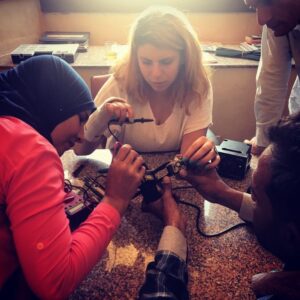 Like a seed dropped into black fertile Nile soil, Aliaa Ismail is planting seeds for the future by educating and empowering her fellow Egyptians. Like the Ancient Egyptians in their quest for immortality, she has found a way of continuing her guardianship of Egypt’s rich cultural heritage for generations to come.
Like a seed dropped into black fertile Nile soil, Aliaa Ismail is planting seeds for the future by educating and empowering her fellow Egyptians. Like the Ancient Egyptians in their quest for immortality, she has found a way of continuing her guardianship of Egypt’s rich cultural heritage for generations to come.
Join us in congratulating this pioneer transforming her field to a high-tech future. We certainly can’t wait to see what she accomplishes next.
Emerging technology such as LIDAR satellite scanning, Artificial Intelligence, and Deep Learning are already transforming the field but don’t expect archaeologists to hang up their trowels or brushes any time soon. They will be adding these tools to their arsenal, taking the field well into the future.
What will archaeology look like in 2030 or beyond?
_______________________________
Sources
Wayfinder Award recipients: https://blog.nationalgeographic.org/2023/05/31/the-national-geographic-society-announces-the-2023-wayfinder-award-recipients/
Space archaeologist using lasers from space to discover lost ancient sites:
https://bigthink.com/the-present/ted-prize-winner-sarah-parcak-uses-satellites-and-the-wisdom-of-crowds-to-revolutionize-archeological-exploration-and-preservation/
Discovery made utilizing AI:
| https://news.artnet.com/art-world/nazca-geoglyphs-peru-ai-2316856 |
Belzoni’s facsimilie of Seti I’s tomb in 1821 at the Piccadilly Exhibition in London: https://www.researchgate.net/publication/30957073_Giovanni_Battista_Belzoni’s_exhibition_of_the_reconstructed_tomb_of_Pharaoh_Seti_I_in_1821
The Archaeology Podcast – discussion on how AI is transforming the field of Archaeology:
https://podcasts.apple.com/us/podcast/the-archaeology-show/id1168248976?i=1000622805422
______________________________
Advertisement

See the incredible archaeology, architecture, and art of northern Spain. A unique tour with special expert guides and lecturers through the collaboration of Popular Archaeology Magazine and Stone & Compass Tours. Not to be missed. Read More About It: https://popular-archaeology.com/article/northern-spains-triple-a-archaeology-architecture-and-art/.
______________________________


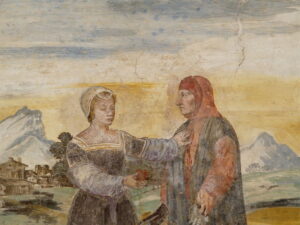
 M
M